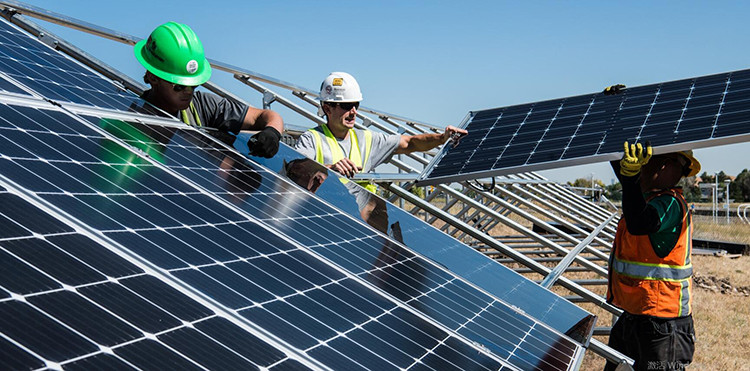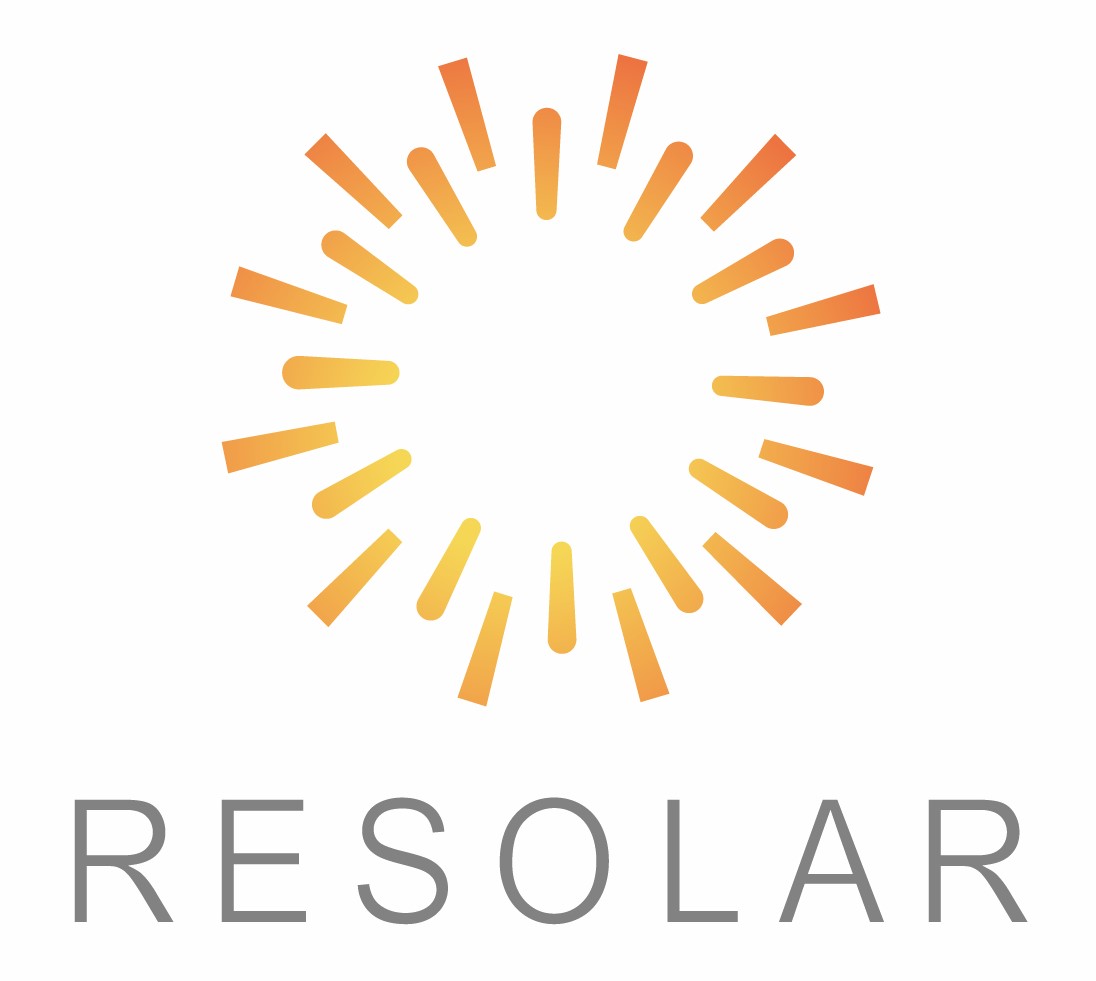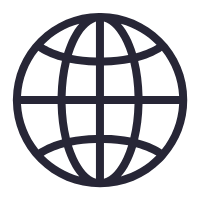News Center
—— NEWS CENTER ——
In recent years, new energy development in China represented by wind power and photovoltaic power generation has achieved remarkable results. The installed capacity ranks first in the world, the proportion of power generation has steadily increased, and the cost has dropped rapidly. However, the centralized decommissioning of domestic wind power and photovoltaic equipment is approaching. How to realize the recycling of these resources has become one of the problems that the new energy industry needs to solve urgently.
The National Energy Administration in China recently released the "Implementation Plan on Promoting the High-Quality Development of New Energy in the New Era" Case Interpretation, which mentioned that it is necessary to promote the development of decommissioned wind turbines, photovoltaic module recycling and processing technologies, and related new industrial chains to achieve Closed-loop green development of the whole life cycle. In the next step, we will speed up the formulation of policies and standards, improve industry standards, technical specifications, and certification systems as soon as possible, and establish a reasonable business model.
In May 2022, the General Office of the State Council forwarded the "Implementation Plan on Promoting the High-quality Development of New Energy in the New Era" drafted by the National Development and Reform Commission and the National Energy Administration. The "Implementation Plan" anchors the goal that the total installed capacity of wind power and solar power in China will reach more than 1.2 billion kilowatts by 2030, focusing on policy blockage points, pain points, and blank points that affect the large-scale and high-proportion development of new energy, and proposes practical, Actionable policy measures. Afterwards, the National Energy Administration organized the compilation of case interpretation materials, which elaborated on the background and purpose of each policy point, the measures that have been introduced and the direction of policy implementation in the next step.
According to the above-mentioned case interpretation, entering the "14th Five-Year Plan", my country's wind turbines and photovoltaic modules will gradually usher in centralized decommissioning, and then face the problem of batch disposal of key components. Taking photovoltaics as an example, my country is a big country in the manufacture and application of photovoltaic modules, and its module output accounts for more than three-quarters of the world. In terms of applications, both new and cumulative installed capacity have maintained the world's first position for many years. As of the end of 2021, China's cumulative photovoltaic installed capacity has reached 306 million kilowatts. If each photovoltaic module is 300 watts, with a volume of 0.066 cubic meters and a weight of 19 kilograms, even if only considering the current installed capacity in China, when all photovoltaic power plants After the 25-year operation period expires, the discarded photovoltaic modules will generate about 67 million cubic meters and about 20 million tons of solid waste.
"If this part of solid waste cannot be dealt with in a timely and appropriate manner, it will obviously not be conducive to the long-term healthy development of the industry. In this regard, the upstream and downstream of the industrial chain have been actively exploring, and some technical routes have been initially formed. However, due to the small market size, The low value of recycling and comprehensive utilization, and the low investment enthusiasm of enterprises have led to the industrialization of such technologies. In addition, policies and standards related to component recycling still need to be improved." The interpretation document stated.

The recycling of wind turbines and photovoltaic modules has received increasing attention. In October 2021, the State Council issued the "Action Plan for Carbon Peaking by 2030" with clear requirements to promote the recycling of waste from emerging industries such as decommissioned power batteries, photovoltaic modules, and wind turbine blades. In January 2022, eight departments including the Ministry of Industry and Information Technology jointly issued the "Implementation Plan on Accelerating the Comprehensive Utilization of Industrial Resources", proposing to promote the research and development and industrial application of emerging solid waste comprehensive utilization technologies such as waste photovoltaic modules and wind power blades, and accelerate Large-scale comprehensive utilization of complete sets of technical equipment R&D and promotion efforts, and explore emerging technical routes for comprehensive utilization of solid waste. In January 2023, the Ministry of Industry and Information Technology and other six departments issued the "Guiding Opinions on Promoting the Development of the Energy Electronics Industry", further requiring to speed up the establishment of a photovoltaic supply chain traceability system, emphasizing the promotion of photovoltaic module recycling technology research and development and industrial application.
According to the case interpretation document of the National Energy Administration, in the next step, the following tasks need to be focused on:
One is to speed up policy and standard formulation. Improve industry standards, technical specifications, certification systems, etc. as soon as possible, establish a reasonable business model, gradually introduce green certification for comprehensive utilization products, research on giving preferential tax policies or provide financial support within the national budget for the construction of industrial production lines;
The second is to improve the recycling and disposal methods of wind turbines and photovoltaic modules. On the basis of extensively soliciting opinions and suggestions from production enterprises, scientific research institutes, and recycling and environmental protection agencies, formulate solid waste treatment standards for wind turbines and photovoltaic modules, evaluation criteria for composite material solid waste disposal enterprises, and cross-regional disposal methods, in a targeted manner Carry out project demonstrations. At the same time, establish a cross-industry cooperation and exchange mechanism to encourage other industries to participate in the application demonstration of wind turbine and photovoltaic module recycling technology, and give policy preference to projects and enterprises that use recycled products. Formulate requirements for recycled products, relax product standard indicators, and limit appropriate use conditions and scenarios for market selection;
The third is to carry out research on recycling technologies for wind turbines and photovoltaic modules. Optimize resource recovery and reuse technology, and focus on solving difficult problems such as the technical route of recycling methods, equipment industrialization, and large-scale application of post-materials. Guide scientific research institutions, universities, and solid waste recycling companies to develop more efficient and environmentally friendly recycling and disposal processes, and expand application scenarios. Encourage equipment manufacturing enterprises to improve the recycling system, and cultivate a complete industrial chain of wind turbine and photovoltaic module manufacturing, use, recycling and reuse;
The fourth is to strengthen the research and development of new materials, and implement technological transformation to extend the service life of wind turbines and photovoltaic modules.
The decommissioning of wind turbines and photovoltaic modules will give birth to a new blue ocean.
Taking the photovoltaic industry as an example, according to relevant data, the proportion of glass, aluminum and semiconductor materials in crystalline silicon photovoltaic modules can reach 92%, and in addition, it also contains about 1% of silver and other precious metals. If fully recycled, by 2030, 1.45 million tons of carbon steel, 1.1 million tons of glass, 540,000 tons of plastic, 260,000 tons of aluminum, 170,000 tons of copper, 50,000 tons of silicon and 550 tons of silver can be obtained from waste photovoltaic modules . Therefore, efficient recycling has huge economic benefits.
Some local governments have begun to lay out the field. In May of this year, ten departments including the Guangdong Provincial Development and Reform Commission issued the "Implementation Plan for the Comprehensive Implementation of Cleaner Production in Guangdong Province (2023-2025)". Among them, it is mentioned that the research and development of key technical equipment such as intelligent dismantling of scrapped automobiles and waste electrical and electronic products, and automatic sorting of dismantled materials, and the development of waste recycling in emerging industries such as decommissioned power batteries, photovoltaic modules, wind turbine blades, and large old tires Technology, research and development of waste plastic modification technology.
About RESOLAR
Shanghai RESOLAR Energy Technology Co., Ltd. is committed to becoming a recycled material photovoltaic group with deep decarbonization. RESOLAR focuses on technological innovation and builds a world-leading solution for component recycling, impurity removal of damaged cells, recycled silicon materials and cells, and cascaded utilization of components. With professional technology and services, we help customers realize the recycling and reuse of waste photovoltaic resources, and make positive contributions to the development of environmental protection and new energy industries. For more detailed information, you can browse the official website: www.resolartech.com .
Latest developments/news
Contact information
Service Hotline: 13585742918 (Monday to Friday 9:00-18:00)
Enterprise email: ps@resolartech.com (Reply within 48 hours after receiving the email consultation!)
Company Address: Building 8, No. 1528, Wangxu East Road, Fengjing Town, Jinshan District, Shanghai (Caohejing Fengjing Park)



